TechTalk
Hey, Check Out Those Aggregates
I cannot overemphasize the importance of selecting the right type and quality of aggregates for each mix recipe. These aggregates, which greatly influence concrete properties and economy, occupy about 60% to 75% of the concrete's volume, or approximately 70% to 85% of the concrete weight.
More about Aggregates
In my TechTalk titled “Hey, Check out Those Aggregates”, I discussed some of the basic requirements for aggregates. Recognizing that aggregates comprise 60% to 75% of the concrete's volume, it is imperative that they be well-graded, hard, strong, durable, clean, chemically stable and meet ASTM C33. In this article, I will comment on a few other factors that affect the strength and workability of concrete mixes.
What is W/Cm Ratio?
There is absolutely no doubt that, except for mechanical damage (such as being hit or dropped), all durability problems with concrete products can be related to the transport of fluids through the concrete. This ties in directly to the w/c ratio of concrete mixes, and permeability. The tighter the concrete, the more difficult it is for fluids to penetrate, and damage the concrete.
SCC is the Future
SCC is concrete that you are hearing a lot about right now, because it is the concrete of the future. Introduced to the concrete industry by the Japanese in the late 1980s, it is rapidly catching on in North America. Only a few short years ago, not many people were aware of SCC but, today, about 35% of North American precasters are utilizing it.
Why is reinforcing necessary?
Most manufacturers of concrete products use reinforcing steel because they’ve been told to use it by a specification, specifier, or maybe his/her father said to put it in. But is it really necessary? If so, why?
Why Rebar Spacing is CRUCIAL
Most manufacturers of precast concrete products use reinforcing steel in their forms simply because they have been told to do so by a specification, by a design engineer or maybe his/her father said to put it in. But is it really necessary to put reinforcing steel in concrete? If so, why?
Monitoring Curing Temperatures
Several concrete products manufacturers use live steam to accelerate the curing of their products. Live steam provides the moisture and high temperature that are so necessary to accelerate the hydration process. This steam must, of course, be contained within a curing cell, frequently referred to as a kiln. This article will discuss the importance of monitoring the curing temperature within the curing cells.
Just What is ASR, Anyways?
Since there appears to be an increased concern about ASR, I thought it might timely to discuss alkali-aggregate reactions (AAR) in concrete. There are two types of AAR – one is known as alkali-carbonate reaction (ACR), and the other is referred to as alkali-silica reaction (ASR). ACR, which is observed with certain dolomitic rocks, is relatively uncommon, so we won’t deal with it in this discussion.
Is Ettringite a Problem?
If you haven’t heard about ettringite yet, you likely will soon. There is a perception, among many, that the formation of ettringite is damaging to concrete. For this reason, I want to give you a brief explanation about what it is, and a little background about ettringite (pronounced ett-ring-ite).
Know Your Specifications
Virtually every precast concrete product is manufactured to a specification of some kind. It is, therefore, imperative that the manufacturer be completely familiar with the relevant specifications, or standards. Because specifications are constantly being modified, you need to keep them current. I urge all producers to purchase a new set of specifications every year.
Think FATT
At a time when the emphasis is on being thin, why would I want you to Think FATT? Well, it has to do with making quality concrete products. I recently coined this expression while assisting concrete pipe and precast plants to obtain plant certifications.











